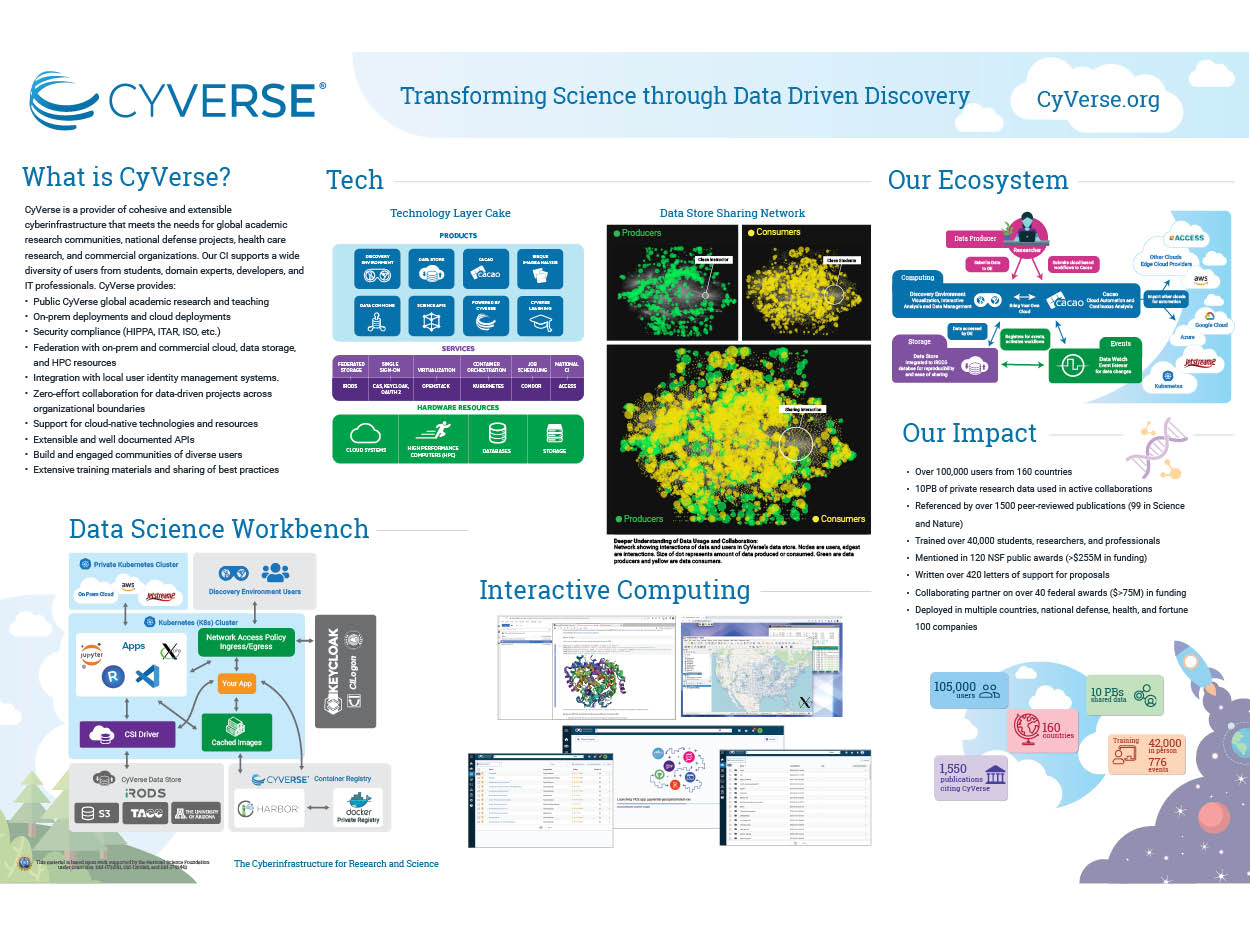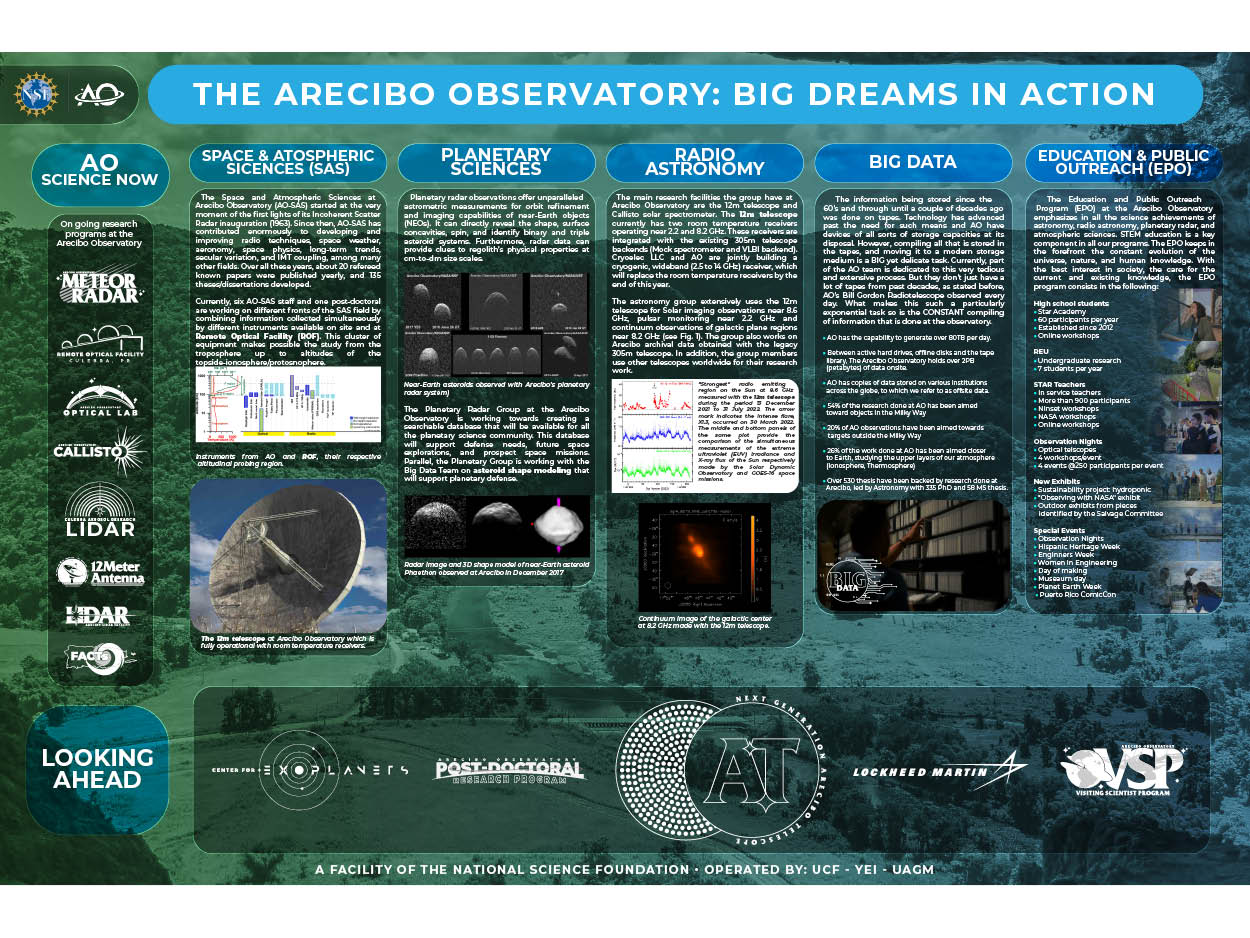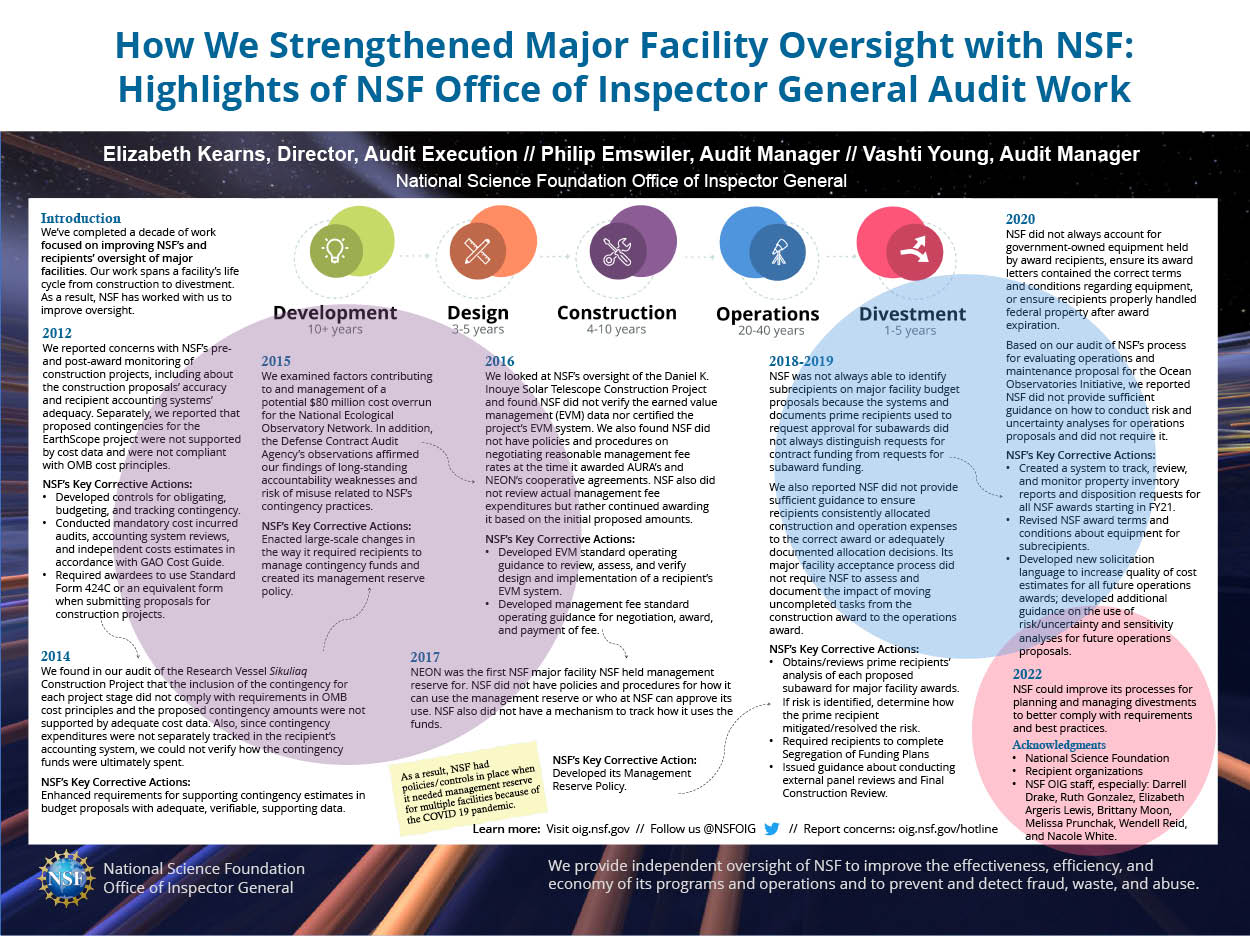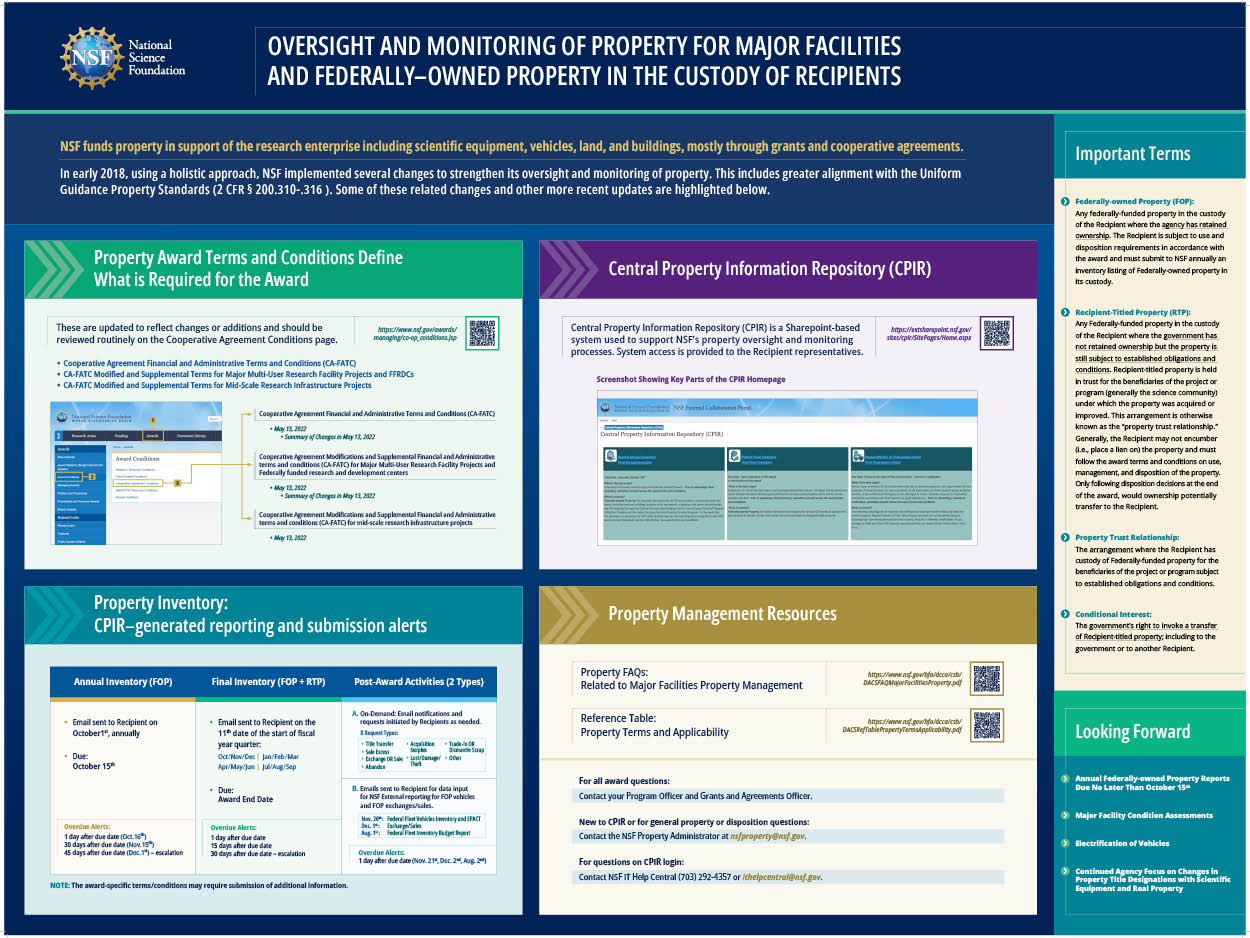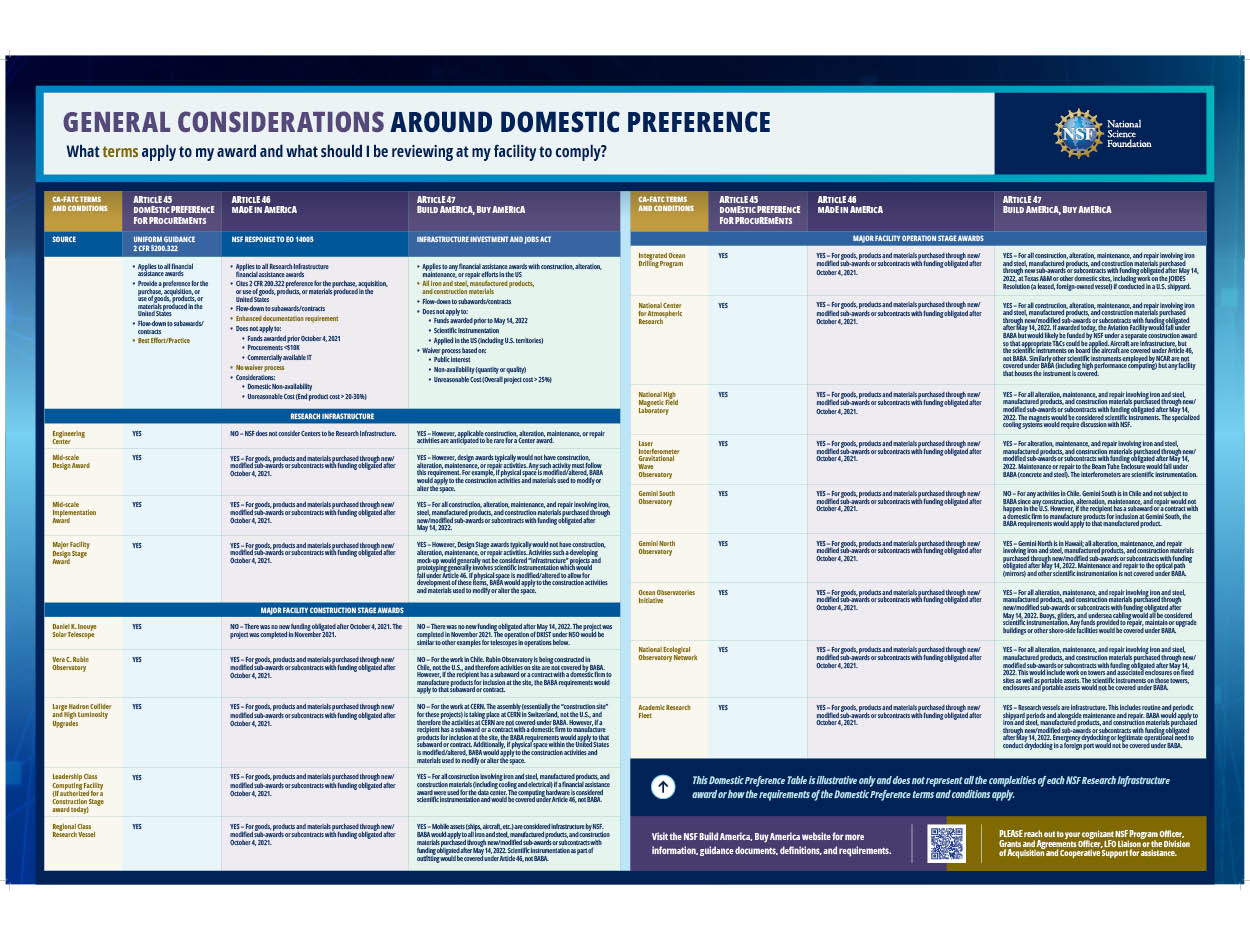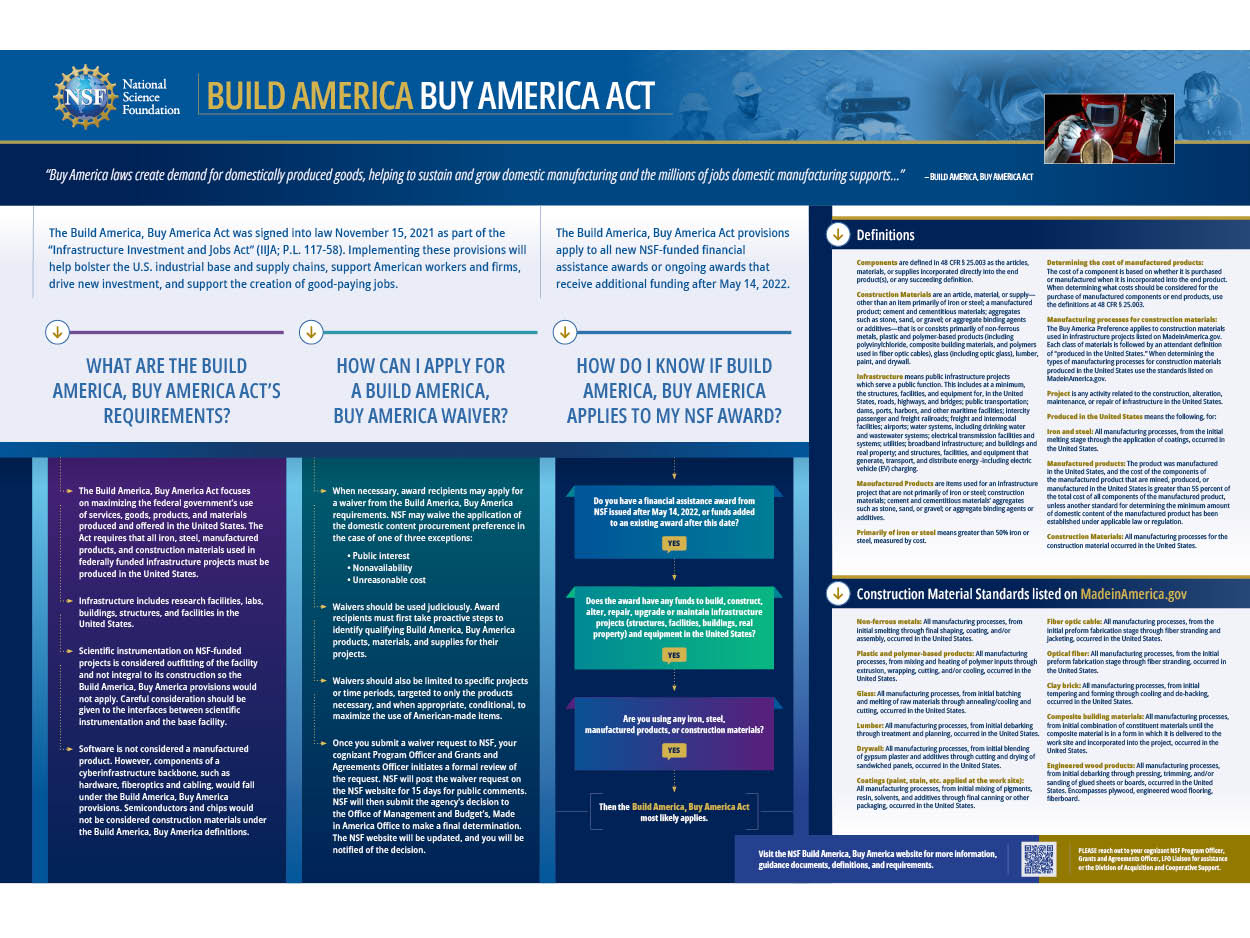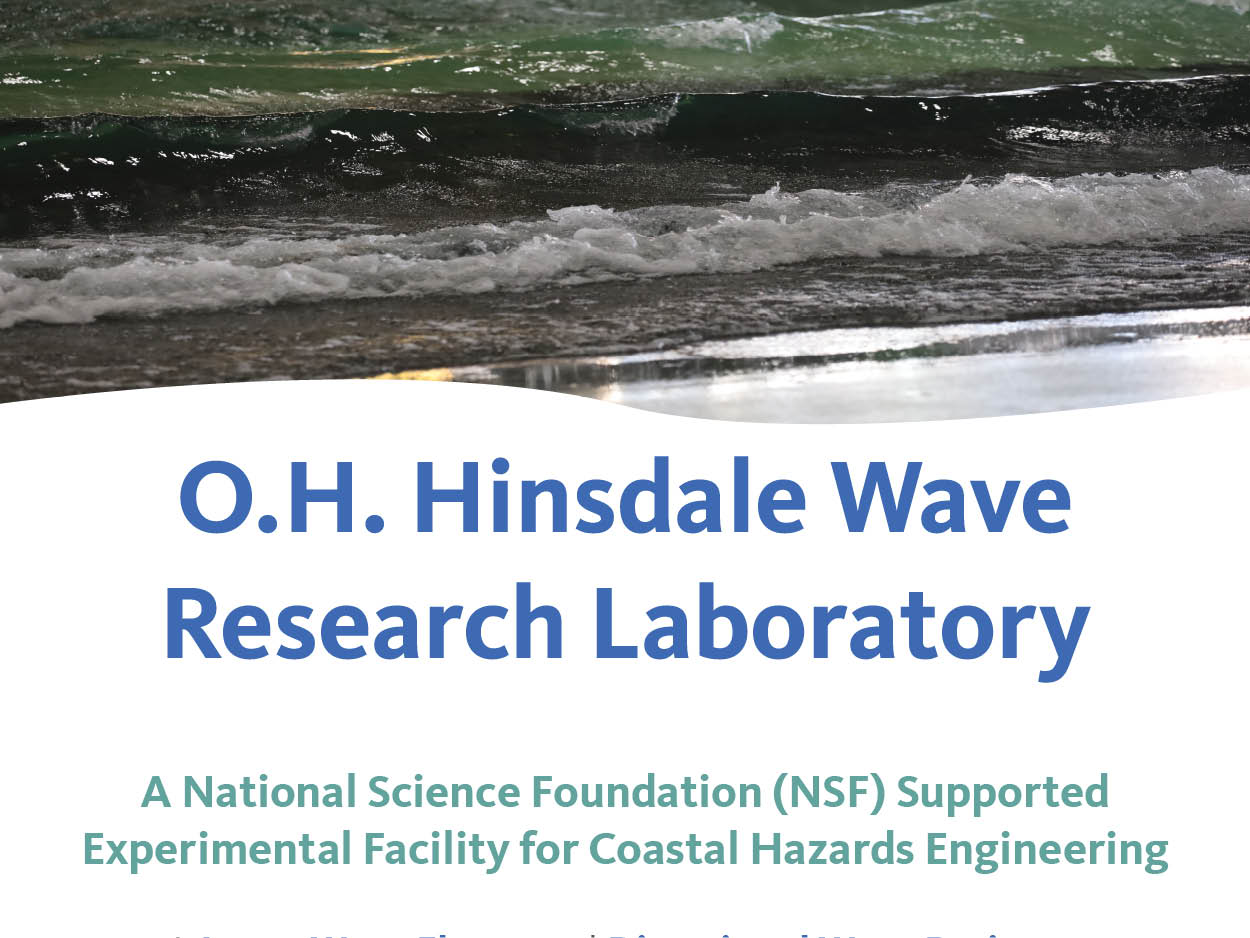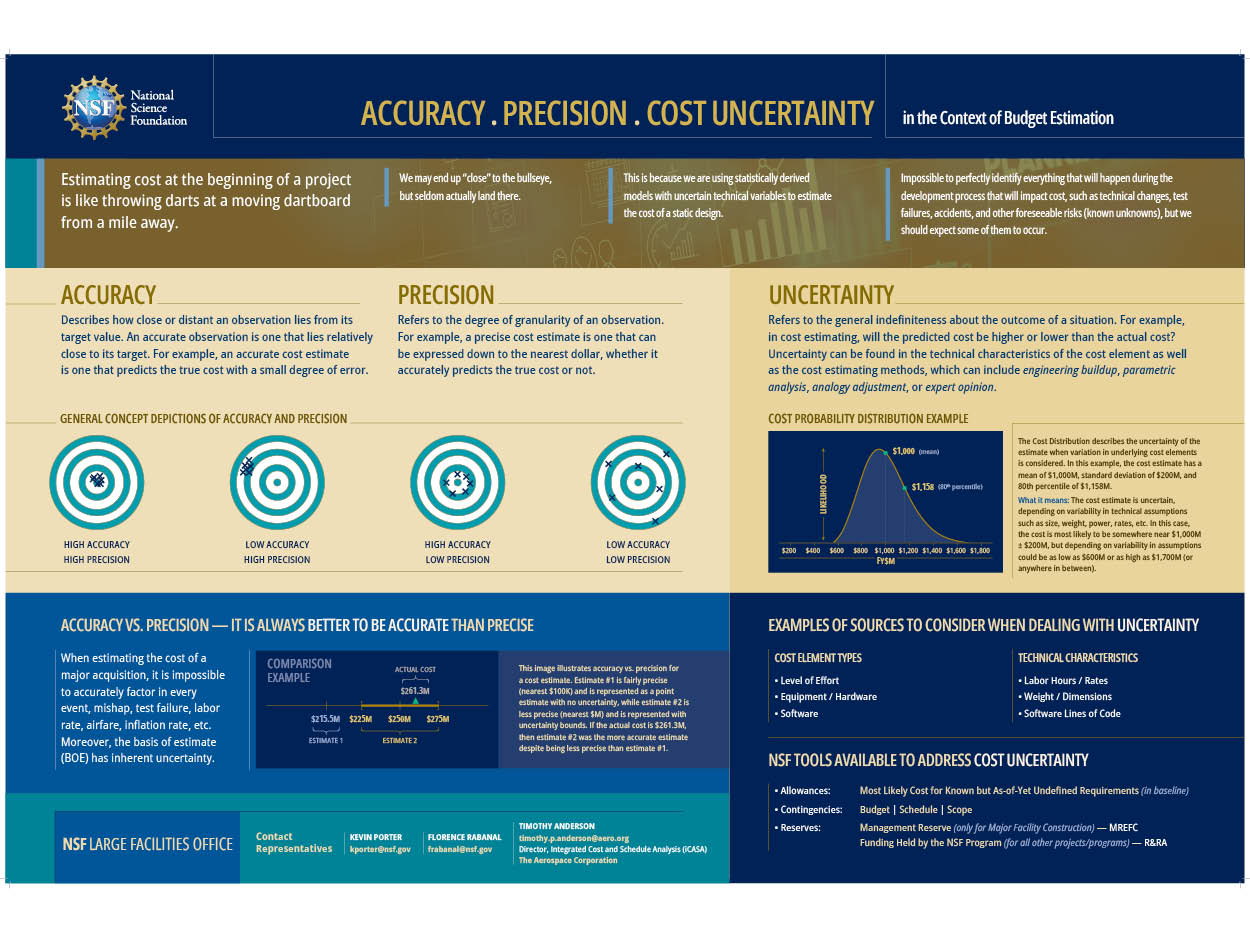CyVerse: Transforming Science Through Data Driven Discovery
CyVerse is a provider of cohesive and extensible cyberinfrastructure that meets the needs for global academic research communities, national defense projects, health care research, and commercial organizations. Our CI supports a wide diversity of users from students, domain experts, developers, and IT professionals. CyVerse provides:
- Public CyVerse global academic research and teaching
- On-prem deployments and cloud deployments
- Security compliance (HIPPA, ITAR, ISO, etc.)
- Federation with on-prem and commercial cloud, data storage, and HPC resources
- Integration with local user identity management systems.
- Zero-effort collaboration for data-driven projects across organizational boundaries
- Support for cloud-native technologies and resources
- Extensible and well-documented APIs
- Build and engaged communities of diverse users
- Extensive training materials and sharing of best practices

